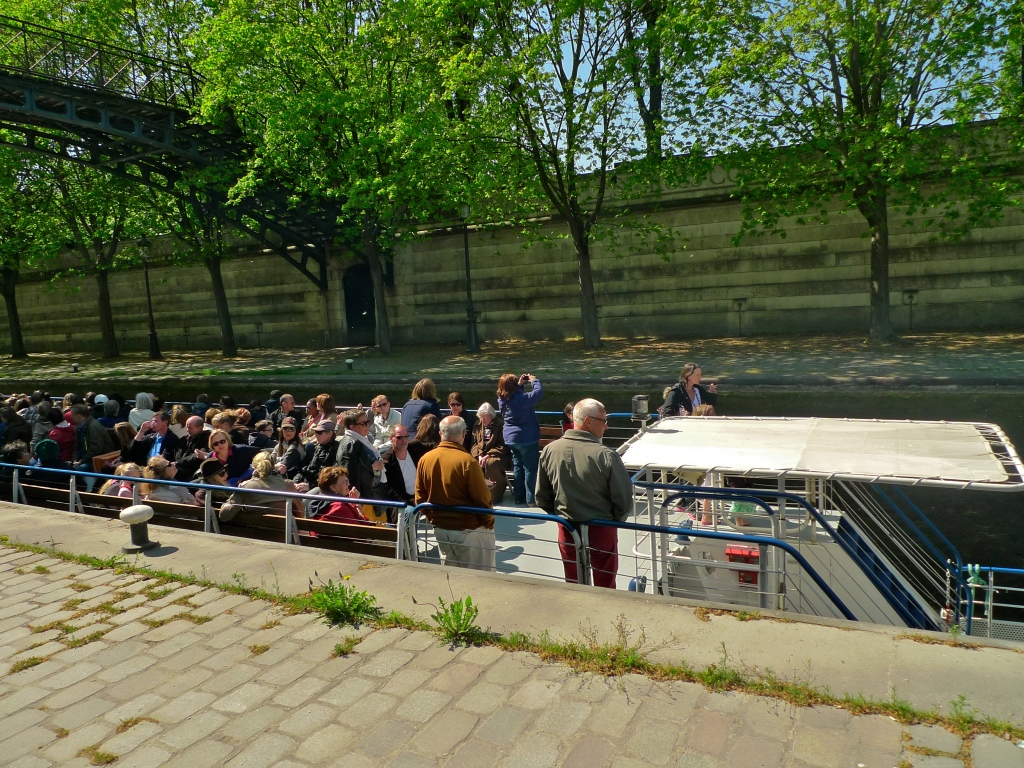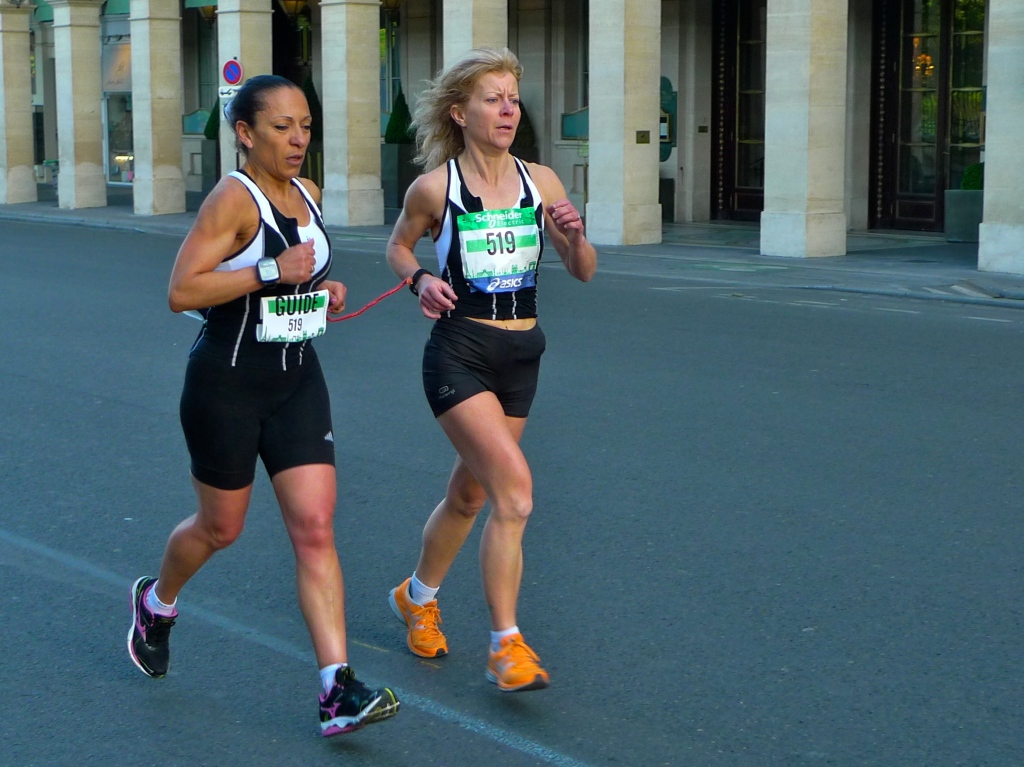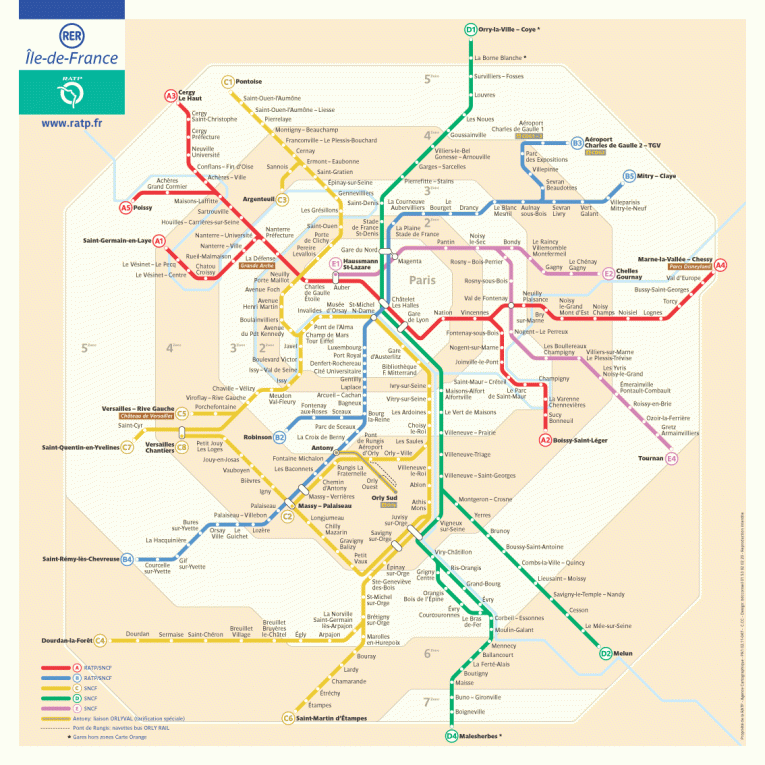The Paris Marathon 2014
THE THIRTY-EIGHTH PARIS MARATHON took place yesterday. More than forty thousand runners from over one hundred countries competed over the 26 miles and 385 yards (42.195 kilometres) course from the Champs-Elysées to the Avenue Foch via the Bois de Vincennes and Bois de Boulogne.
In 2012, I watched the race and recorded sounds close to the finish in the Avenue Foch so this year I thought I would find a vantage point somewhere near the start.
I wanted to capture the sounds of all the runners passing by so at just before eight o’clock on Sunday morning I established my pitch and set up my microphones in the rue de Rivoli just beyond the one-mile point.
When I arrived, the rue de Rivoli seemed a little eerie. It was the only time since I’ve lived in Paris that I’ve seen this most elegant of streets completely deserted – save for the police trucks hastily towing away the last remaining parked cars which I’m sure completely ruined several people’s day!
The Paris Marathon starts in the Champs Elysées and the first to start were the wheelchair athletes. At a little after 8.30 and accompanied by a convoy of police and official cars they passed by me.
Following the wheelchairs came the handisports athletes including several blind runners each tethered to a guide.
Paris Marathon 2014 – Wheelchair and Handisports Athletes:
The sound of these athletes passing was soon subsumed by the sound of the French television helicopter slithering sideways overhead with its powerful cameras trained on the elite athletes who were about to enter the rue de Rivoli.
At the head of the elite group was a tightly packed bunch of world-class marathon athletes setting what was to prove to be a blistering pace.
And quite close behind came another elite group including two of the fastest women in the race.
And next came the best of the rest.
Paris Marathon 2014:
After the elite group and the best of the rest, a mass of runners converged in the rue de Rivoli each with their own personal challenge ahead of them. Wave after wave of them passed me right down to the very last man.
The last runner to enter the rue de Rivoli
I stayed in my place on rue de Rivoli and recorded the sounds until every one of the competitors in this year’s Paris Marathon had passed by me. It took a little under two hours for them all to pass.
I didn’t think about it at the time but I now know that about ten minutes after the last runner entered the rue de Rivoli with about 26 miles of running still ahead of him, the winner was crossing the finishing line in the Avenue Foch.
And the winner was Kenenisa Bekele from Ethiopia.
Image via ethiopiaforums.com
Bekele, the three-time Olympic champion on the track and 5,000m and 10,000m record holder, crossed the finish line in 2 hours, 5 minutes, 3 seconds – breaking the previous course record set by Kenya’s Stanley Biwott in 2012.
In the women’s race, the pre-race favourite, Flomena Cheyech of Kenya finished in a new personal best time of 2 hours, 22 minutes, 41 seconds.
The double Paralympic silver medallist, Marcel Hug, won the wheelchair race.
The first six men and women finishers were:
Men
1. Kenenisa Bekele (ETH) 2:05:03
2. Limenih Getachew (ETH) 2:06:49
3. Luca Kanda (KEN) 2:08:01
4. Robert Kwambai (KEN) 2:08:48
5. Jackson Limo (KEN) 2:09:05
6. Gideon Kipketer (KEN) 2:10:35
Women
1. Flomena Cheyech (KEN) 2:22:44
2. Yebrqual Melese (ETH) 2:26:21
3. Zemzem Ahmed (ETH) 2:29:35
4. Faith Chemaoi (KEN) 2:31:59
5. Gebisse Godana Derbi (ETH) 2:36:27
6. Martha Komu (FRA) 2:36:33
All the sounds I recorded in the rue de Rivoli have been consigned to my Paris Soundscapes Archive as a permanent record of yesterday’s event.
Incidentally, why is it that some women runners who see a man wearing headphones standing behind a microphone on the edge of the road give a wave and a friendly smile whereas some men insist on leaning over and shouting into the microphone? Maybe it’s a question of testosterone overload!
In all, 39,115 athletes completed the 2014 Paris Marathon. Here are more images of some of them as they began their marathon run around Paris.
Gare du Champs de Mars
WHEN I TRAVEL IN Paris I mostly use either the Métro or the buses but rarely the RER. The RER, or Réseau Express Régional, of course does crisscross Paris but I only seem to use it when travelling further afield to the Parisian suburbs.
The RER Network across Paris and the Île-de-France
The other day I was on an RER train returning to Paris from a sound recording assignment in the suburbs when I alighted at the RER station ‘Champs de Mars – Tour Eiffel’. Although I pass this station frequently on my regular 82 bus journeys I had never actually been inside so I took this opportunity to have a look round and, of course, to capture the atmosphere in sound.
Inside the Gare du Champs de Mars:
There are two unassuming entrances to the station, one at the junction of the Quai Branly and the Avenue de Suffren …
… and the other further along the Quai Branly at the Pont Bir-Hakeim.
Entering the station from the entrance close to the Avenue de Suffren the unassuming feel continues. There is no huge concourse but rather a narrow corridor leading to the ticket barrier.
There are only two platforms at the station conveniently named ‘A’ and ‘B’ and the signage is good too, which is just as well since thousands of tourists use this station to get to and from the most visited attraction in Paris, Le Tour Eiffel. Many tourists wanting to venture from the city centre to the Palace of Versailles also use this station.
It’s only once you pass the ticket barrier and have figured out which platform you need (for the Palace of Versailles you need Platform ‘A’ by the way) that you begin to get a different feel for this station.
RER Line ‘C’ – Direction Pontoise
The sweeping platforms are very long and from Platform ‘B’ you can look out across La Seine.
RER Line ‘C’ – Direction Versailles
Today’s Champs de Mars – Tour Eiffel station dates from 1988 when the Vallée de Montmorency – Invalides branch of RER Line ‘C’ opened. This stretch of line used a large part of the infrastructure of the former ligne de petite ceinture dating from 1867.
Today’s station may have only been here since 1988 but it is in fact the fifth railway station to have occupied this site.
The first Gare du Champs de Mars was built to connect the Petite-Ceinture to the Champ de Mars and the site of the 1867 Exposition Universelle, or World’s Fair. This station was demolished shortly after the Exposition.
Bird’s Eye view of the site of the 1867 Exposition Universelle in the Champs de Mars
Image via Wikipedia
For the 1878 Exposition Universelle, again held in Paris on the Champs de Mars, another Gare du Champs de Mars was built.
Gare du Champs de Mars in 1878
Image via Wikipedia
This station was designed and built by the French architect, Juste Lisch who, amongst other things, also designed the Gare Saint-Lazare in Paris. This station survived longer than its predecessor and it was used for the 1889 Exposition Universelle as well. In 1897 though the station was demolished and moved to Bois-Colombes on the outskirts of Paris.
The 1878 Gare du Champs de Mars in situ at Bois-Colombes
Image via Wikipedia
For the 1900 Exposition Universelle, this time featuring the newly built Tour Eiffel, another Gare du Champs de Mars was built and the line was moved closer to la Seine and extended to Invalides.
Gare du Champs de Mars in 1900
Image via Wikipedia
As well as a station for passengers, a goods station was built close by between the Avenue de Suffren and the Boulevard de Grenelle. After the 1900 Exposition the passenger station was closed, the goods station became a coal depot and from 1937 it was transformed into engine sheds. The former goods station was finally closed in 1971.
Although the 1900 Gare du Champs de Mars no longer exists it is possible to imagine something of it by walking along the Promenade du quai Branly between the Pont d’Iéna (opposite the Tour Eiffel) and the Pont Bir-Hakeim and looking back towards the Tour Eiffel. Along this stretch of the Promenade du quai Branly some of the original wall of the 1900 station remains.
Part of the original wall of the 1900 Gare du Champs de Mars
The Gare du Champs de Mars and its association with the Expositions Universelle held in the Champs de Mars close by is of interest to me partly because I find the history of these Expos fascinating (Paris also hosted the 1937 one as well) but also because Paris is bidding to hold the Exposition Universelle in 2025.
It just so happens that my local Mayor and Deputé (Member of Parliament) is leading the bid so I must ask him if we can expect yet another new Gare du Champs de Mars in 2025!
















































































































